VARIETY INFORMATION:
Citrine is any quartz crystal or cluster that is yellow or orange in color. Although often cut as a gemstone, citrine is actually somewhat rare in nature. Most citrines on the market have been heat treated. Specimens of low grade, inexpensive amethyst or smoky quartz are often cooked at high temperatures to produce the more profitable orange yellow citrine. Citrines whose colors have been produced by artificial means tend to have much more of an orange or reddish caste than those found in nature, which are usually a pale yellow. Much of the natural citrine may have started out as amethyst but heat from nearby magmatic bodies may have caused the change to citrine. The citrine geodes available in the trade are always (so far as I am aware) the result of heat treatment of amethyst geodes. Citrine made by heating amethyst may be returned to a purple color by bombarding it with beta radiation. Interestingly, a popular gemstone on the market is a mixture of half amethyst and half citrine and is given the name ametrine, made by heating an amethyst until it turns into citrine, then irradiating a part of the resulting crystal or gemstone to convert that portion back to amethyst. Citrine is only one of several quartz varieties. Other varieties that form macroscopic (large enough to see) crystals are as follows:
|
 Amethyst Galleries' Mineral Gallery MINERALS |
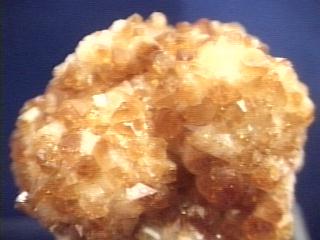
$ 30.00

cit-1 ($ 30.00)
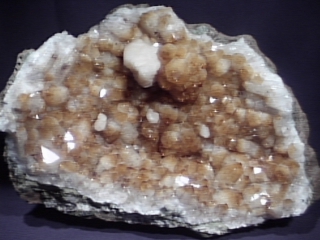
$ 150.00
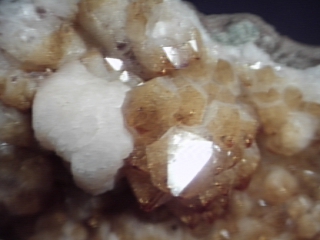

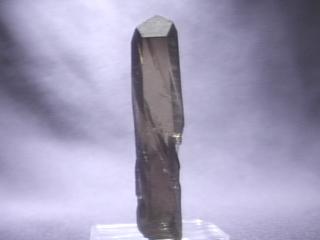
$ 50.00
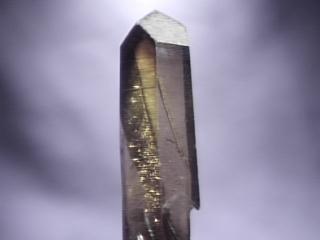

cit-3 ($ 50.00)
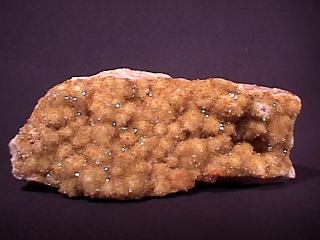
$ 50.00
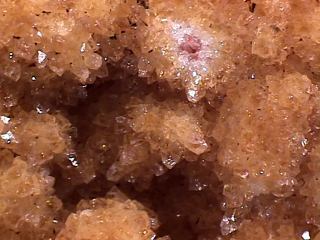

cit-4 ($ 50.00)
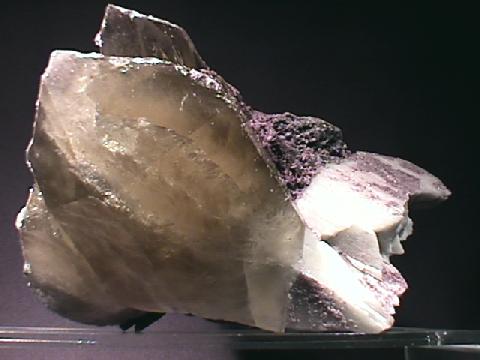
$1200.00
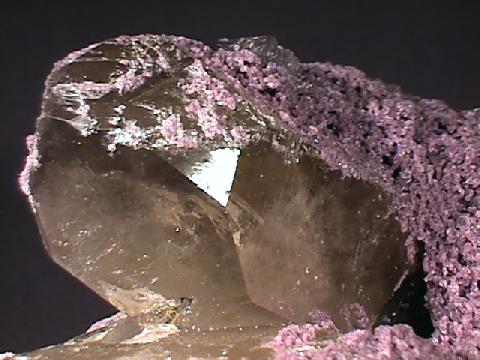

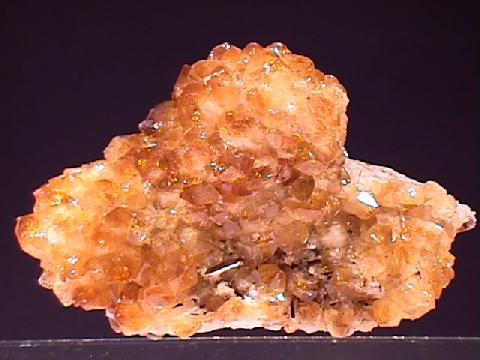
$ 25.00

cit-6 ($ 25.00)
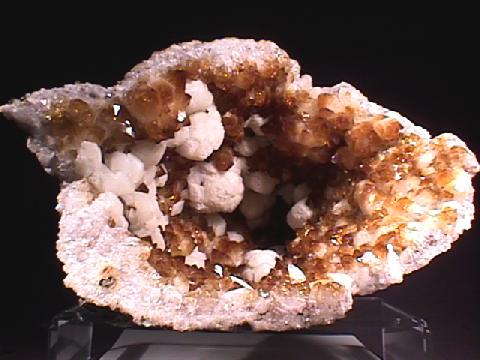
$ 225.00
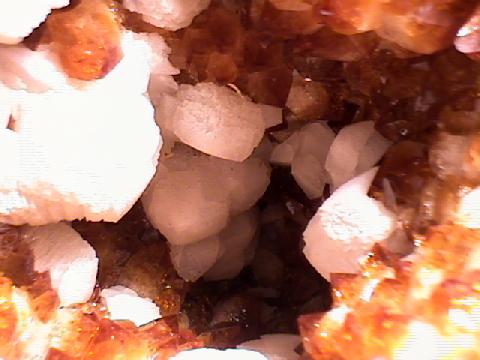

cit-7 ($225.00)
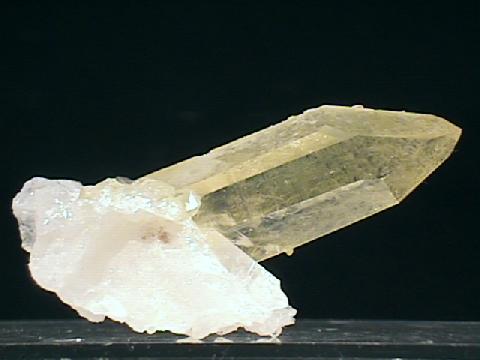
$ 48.00

cit-8 ($ 48.00)
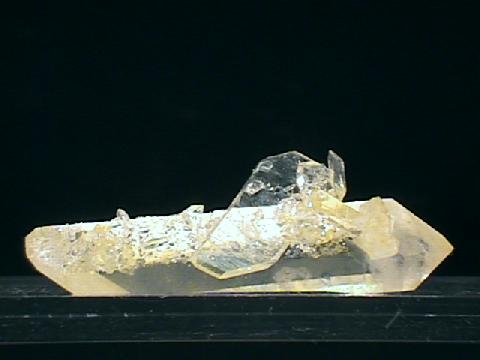
$ 45.00

cit-9 ($ 45.00)
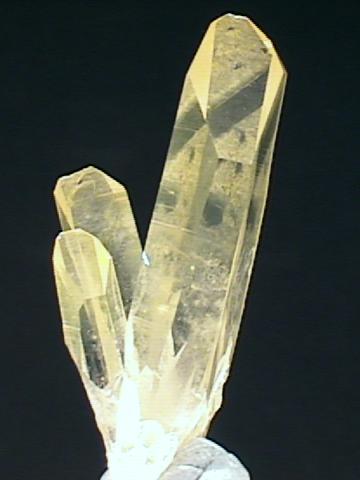
$ 32.00

cit-10 ($ 32.00)
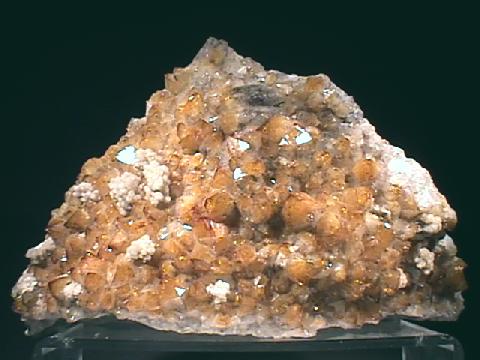
$ 180.00
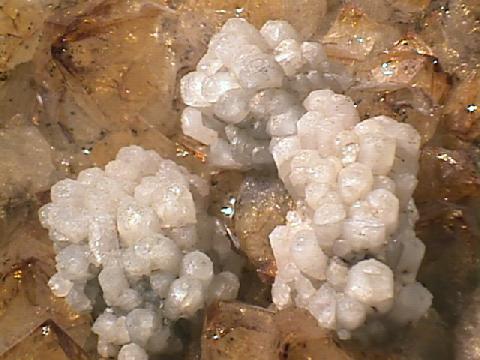

cit-11 ($180.00)
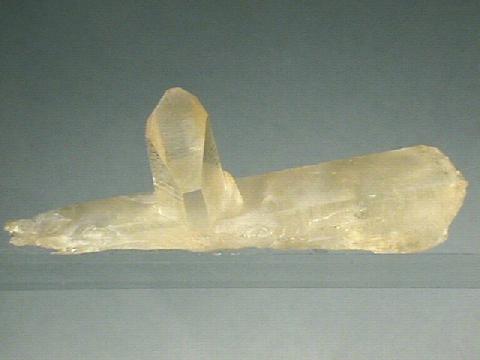
$ 27.00

cit-12 ($ 27.00)
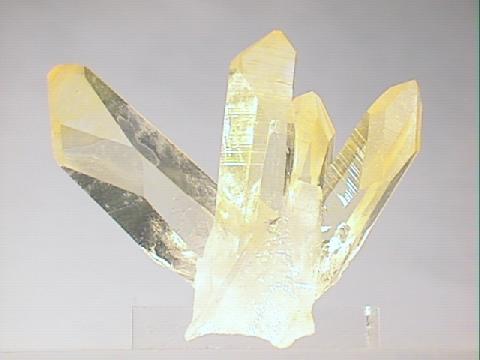
$ 60.00

cit-13 ($ 60.00)
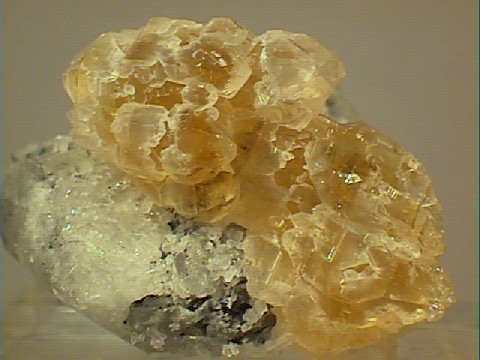
$ 25.00

cit-14 ($ 25.00)
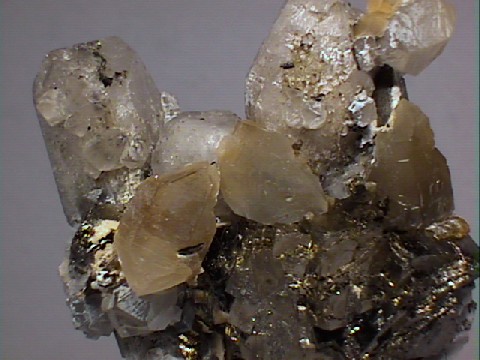
$ 54.00
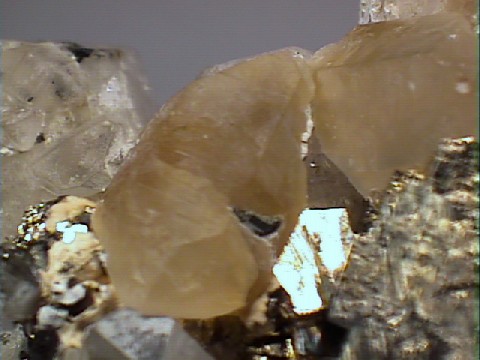

cit-15 ($ 54.00)
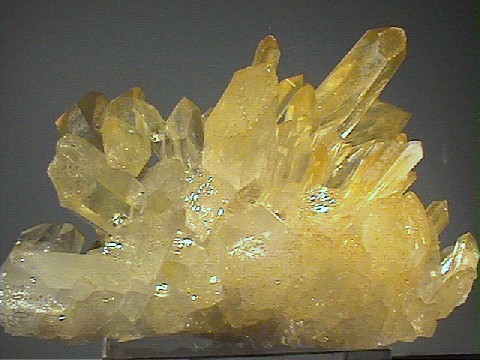
$ 185.00
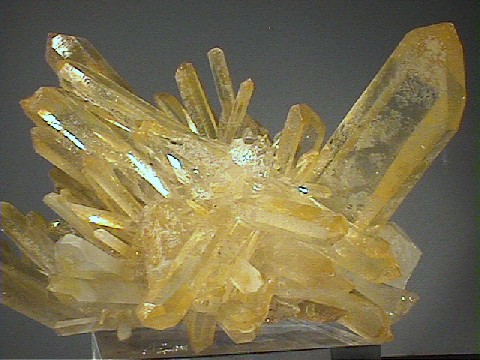

cit-16 ($185.00)
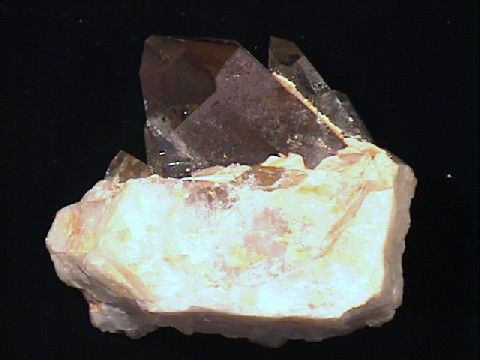
$ 63.00
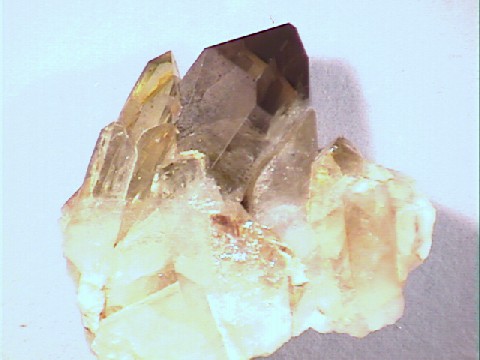

cit-17 ($ 63.00)

$ 63.00


cit-17 ($ 63.00)
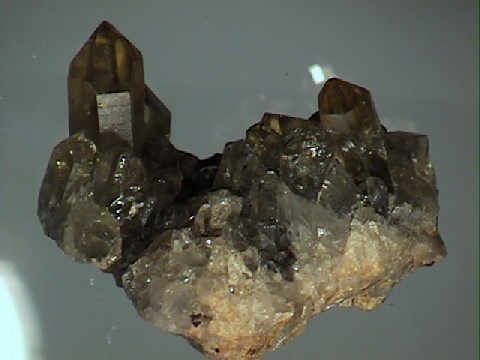
$ 53.00
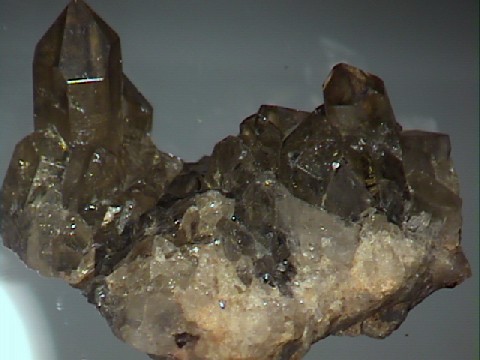

cit-18 ($ 53.00)
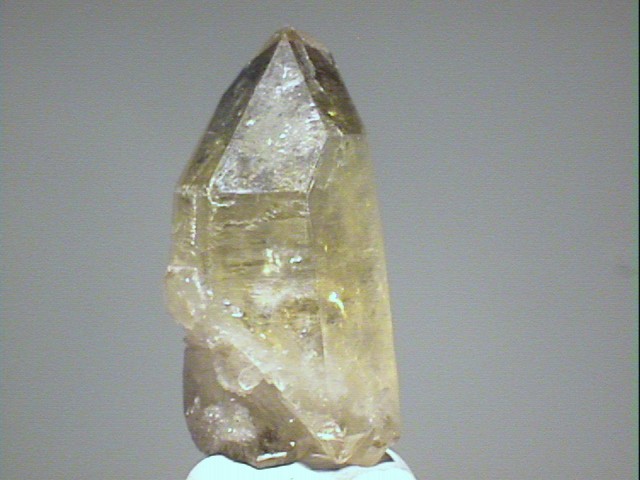
$ 39.00

cit-19 ($ 39.00)
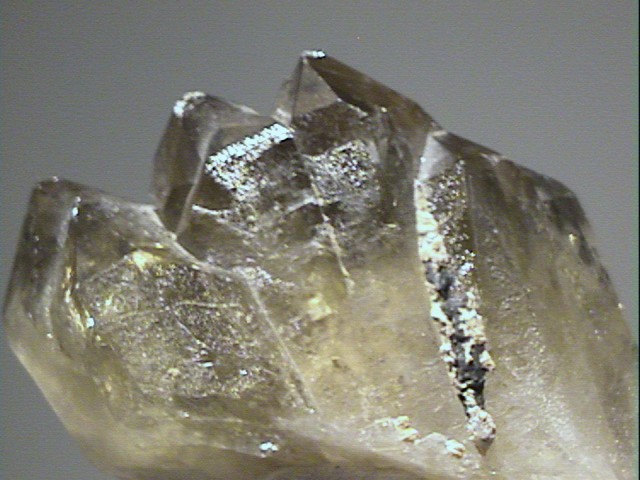
$ 32.00
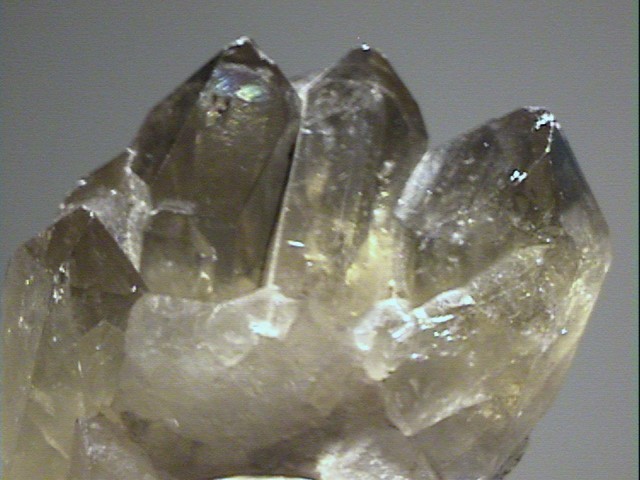

cit-20 ($ 32.00)
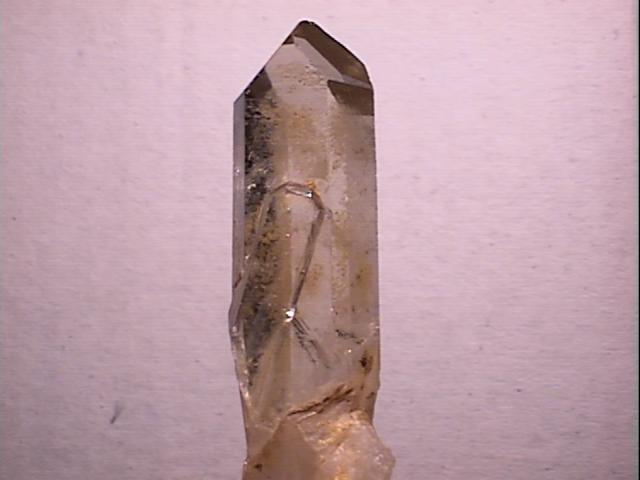
$ 30.00
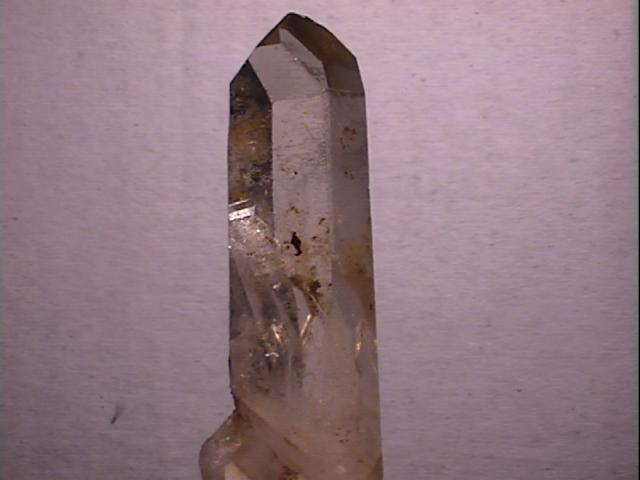

cit-21 ($ 30.00)
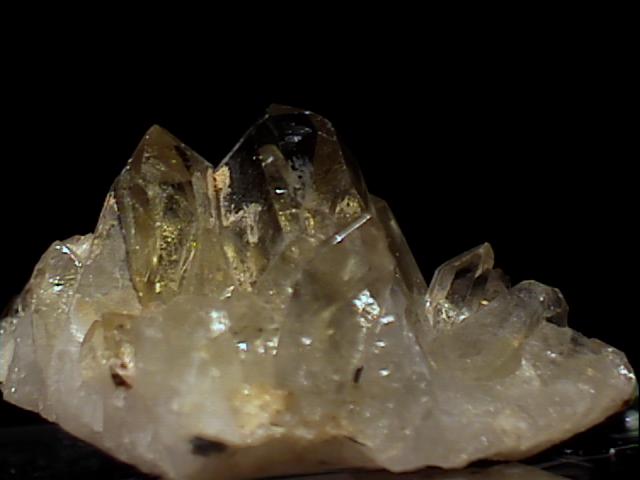
$ 25.00
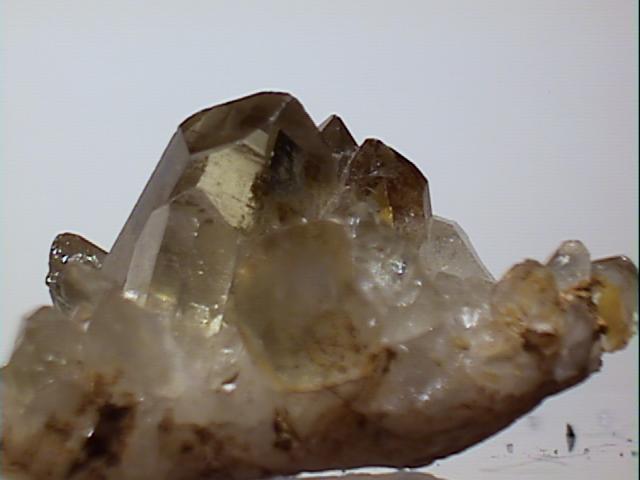

cit-22 ($ 25.00)
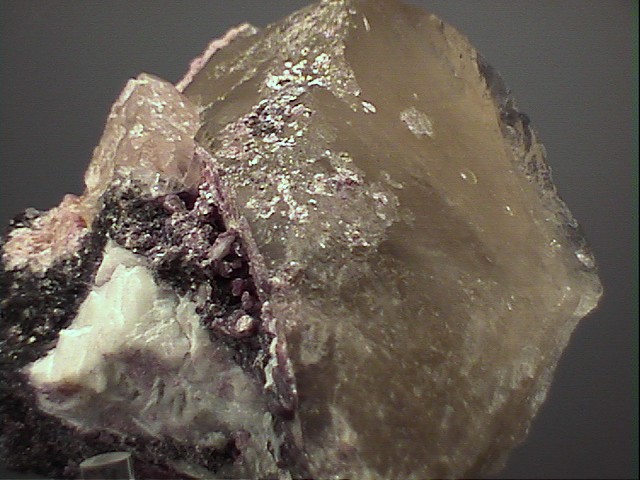
$ 35.00
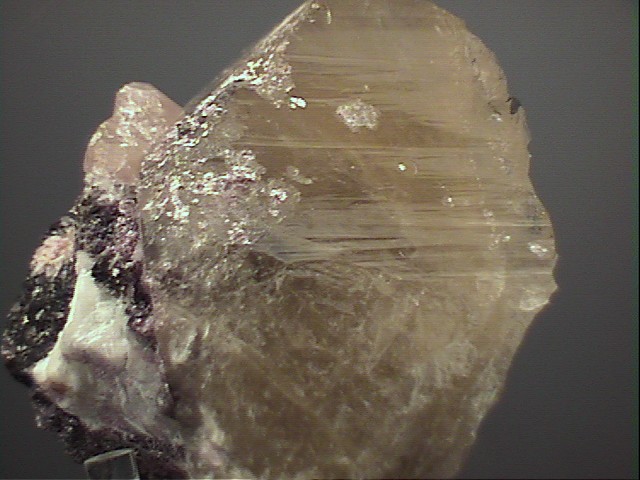

cit-23 ($ 35.00)
